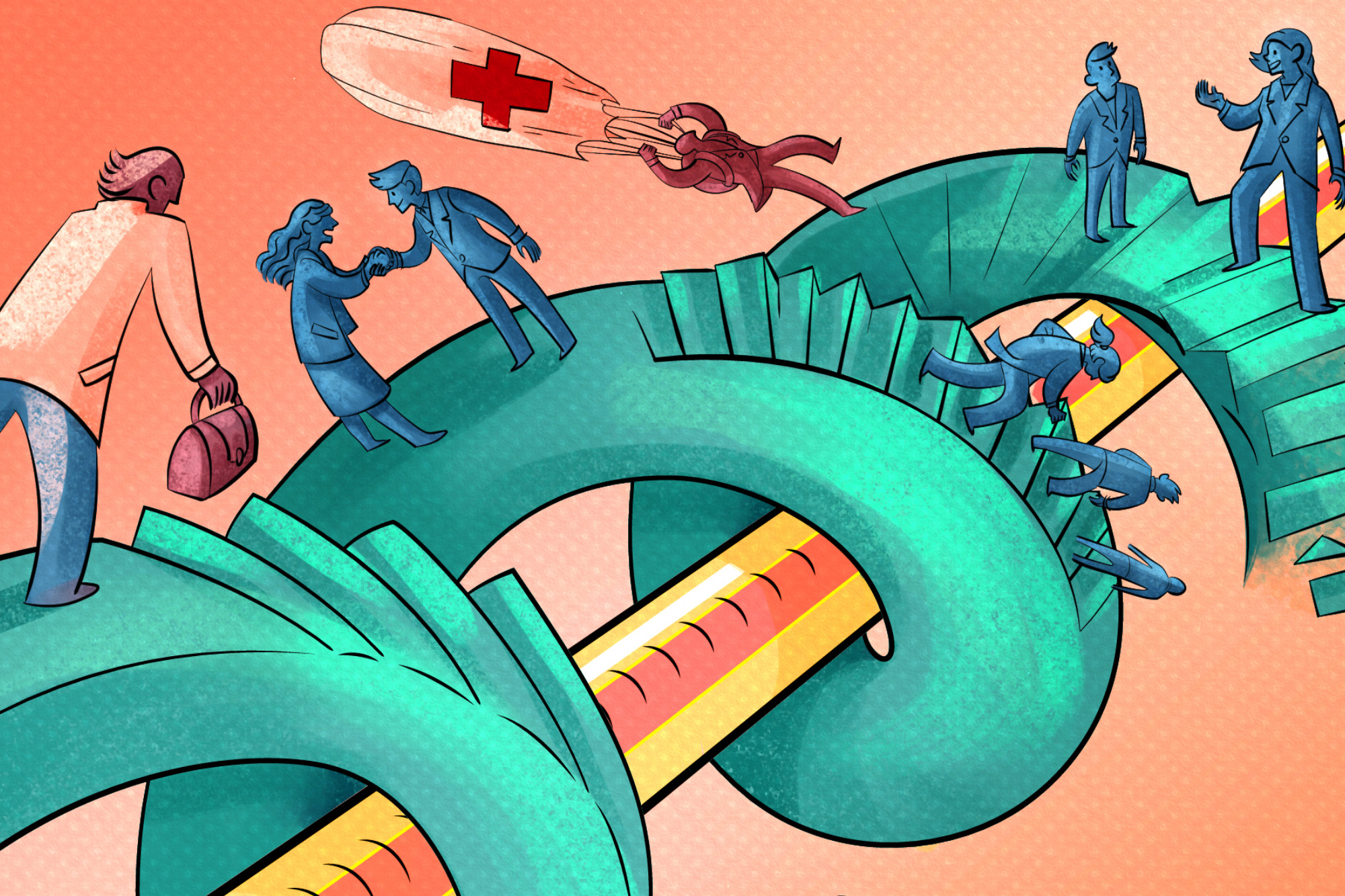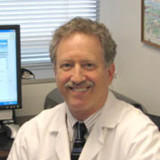
The American Society of Plastic Surgeons (ASPS) annual 2019 meeting (also called Plastic Surgery The Meeting, PSTM) was held in San Diego, California. The city is beautiful, the weather is perfect, and the convention center is excellent, setting the stage for a great meeting. I have been attending these meetings since 1983 and have seen it evolve over this time. The first thing you notice compared to the earlier meetings is the diversity of the membership. In 1983 it was a very homogeneous community, but now the membership represents every gender, race, and nationality. ASPS has come a long way. We now have a large contingent of international members attending the convention as well. This is, also, reflected in the programming. There are programs specifically for female plastic surgeons. There is a special section for residents including their own lounge where they can meet and listen to senior members discuss the practical issues of finding a job after residency or setting up a practice. There was programming for medical students interested in plastic surgery about how to prepare their applications and present themselves during interviews. Office managers and plastic surgery nurses also had an opportunity for focused learning. There were alumni receptions for most of the major programs. I had an opportunity to reconnect with some of my co-residents from 35 years ago. Networking and reconnection with colleagues is generally the highlight of the convention for most of the mid-practice and senior surgeons.
The talks, panels, and workshops represented the changing nature of our practice as plastic surgeons. They covered critical assessments of standard procedures and much of the latest advances in surgery relating to our field. When I first started attending these meetings, everyone was talking about free flaps and then negative pressure. Now, we are talking about stem cells, 3D modeling, and the latest generation of flaps for reconstructive surgery. While the current discussions are far more advanced than they were years ago, the fundamental principles remain the same. In talking with my residents who attended the meeting, they were generally overwhelmed by the sheer number of presentations, seminars, and panels. At most times there were five or more simultaneous sessions. Aesthetic surgery panels were the most crowded. There are additionally tracts on breast surgery, cranio-maxillo-facial surgery, reconstructive surgery, microsurgery, hand surgery, specialty advocacy, basic science research, etc. The hot topics seemed to be updates on breast surgery regarding the use of implants and acellular dermal matrices; new approaches to microsurgery including non-invasive vascular imaging; pre-operative computer modelling and robotic surgery; and the sophisticated basic science research touching all aspects of our specialty. In fact, the basic science research presentations give you an idea of where the specialty is headed and what interests our academic leaders.
Another changing feature of PSTM is the exhibit hall. The ASPS this year had a huge presence in the exhibit hall, presenting their practice enhancements for members and educational programming materials for members and patients. They are taking a very active role in facilitating plastic surgical practice, collecting data for analysis, and keeping the membership current with the latest developments in plastic surgery. The exhibit hall displayed the latest products, instruments, and business enhancements directed at our specialty. I find that the exhibit hall is most notable for networking with colleagues. It is hard to walk an aisle without stopping repeatedly to chat with friends and colleagues.
Overall, PTSM is an impressive presentation of everything related to plastic surgery. It is the meeting that brings the international plastic surgical community together each year. It is the best way for a plastic surgeon to stay current with plastic surgical developments and issues.
Illustration by April Brust







